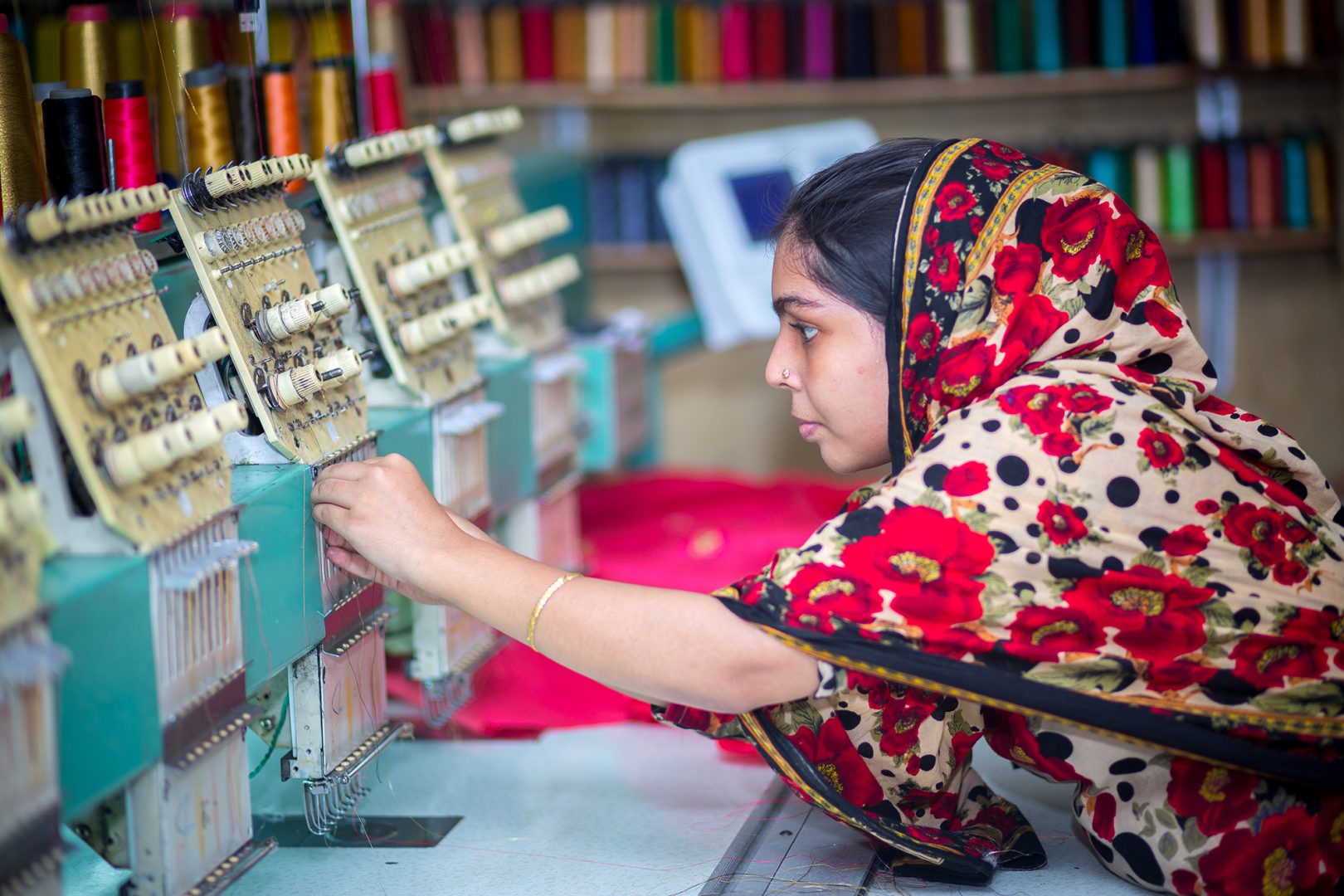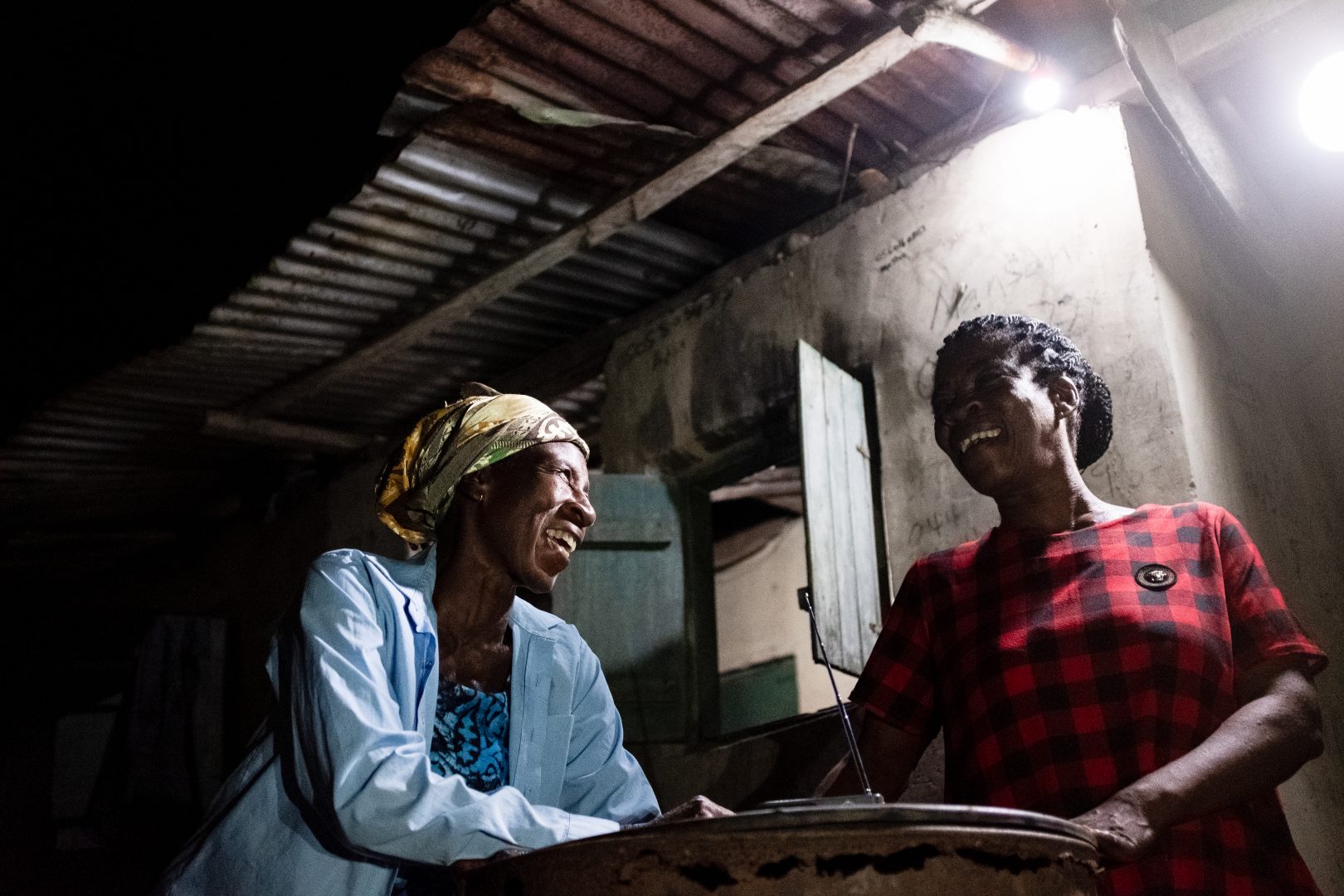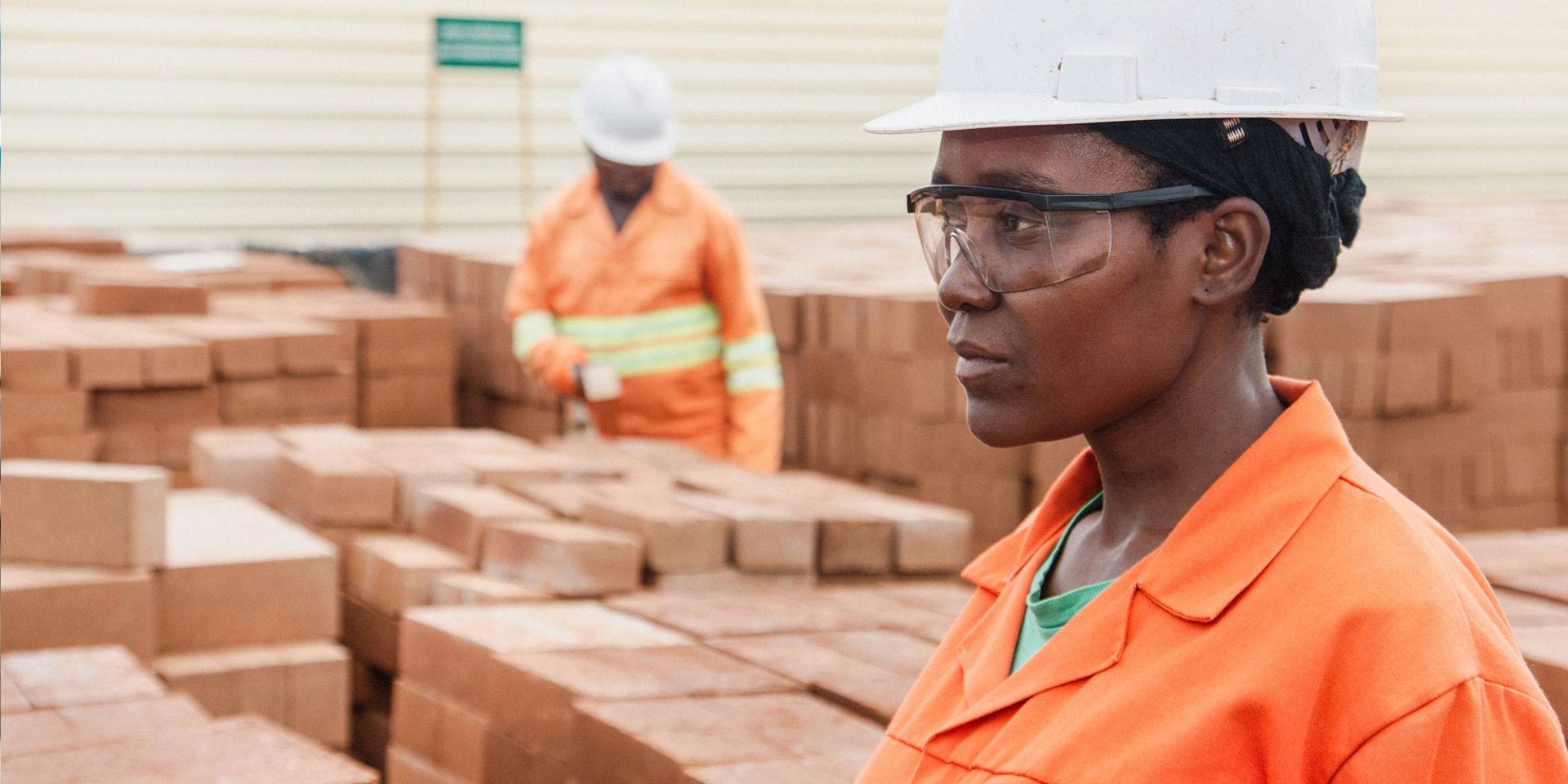A blog from CDC’s Kate Hallam on how women in developing countries can benefit from access to finance.
The evidence is clear: women’s economic empowerment can lead to sustained development. However, there are social and economic obstacles that prevent women both from getting jobs and from building their own businesses – responsible lending from banks and microfinance institutions can go some way to removing these.
UN Women – the United Nations organisation dedicated to female empowerment – estimates if women’s paid employment rates were the same as men’s in 15 of the world’s largest developing economies, then per capita income in those countries would increase by 14 per cent by 2020, and 20 per cent by 2030.
There are positive knock-on effects for future generations if there is high female participation in the workforce. Evidence suggests that women re-invest 90 per cent of their incomes into their families compared with just 35 per cent of men.
On paper, women’s economic empowerment has huge potential to create sustainable growth and achieve development goals. However, in practice, there is one key problem, particularly for countries in sub-Saharan Africa. Because women are excluded from other opportunities, they often have little choice but to remain in informal, unpaid or low-skilled jobs. For example, one recent study found that women spent more than 700 hours per year fetching water in Ghana, 500 hours in Tanzania and 200 in Zambia. According to the International Labour Organisation (ILO), informal employment can often mean poor employment conditions, and is associated with increasing poverty.
One way of addressing this issue is through stimulating entrepreneurship. This improves female participation in the formal workforce, creates jobs and in turn contributes to the economic and social benefits of having more women in the workforce.
For this to happen, women need to be able to access finance. However, in some countries this can be quite difficult due to social norms and conditions – property may pass from male to male, or women may be prevented from taking out loans without the signature of a husband or a father.
In Uganda, for example, women own nearly 40 per cent of the country’s small and medium-sized businesses (SMEs) but only 9 per cent of commercial credit goes to them. With this in mind, DCFU Bank – a commercial bank CDC has invested in – recognised the important role women have to play in the country’s development and made the strategic decision to provide loans so female entrepreneurs could build their businesses and create jobs.
Yvonne Katamba is one example of how this programme has benefitted women-led businesses. With the support of DCFU Bank, Yvonne built her one-person cleaning business with an annual turnover of US$2,000 into a medium-sized enterprise which employees 175 people and turns over US$275,000.
It isn’t only in Uganda where financial institutions are helping female entrepreneurs thrive. CDC recently invested in Equitas, an Indian microfinance company which lends responsibly to the very smallest enterprises.
Kala, who lives in one of the poorest parts of Chennai, is one person who has benefitted from Equitas’ approach. She was given a loan of around US$160 to set up her own tailoring company – the extra money she is now earnings has helped pay for healthcare costs, her children’s studies and things around the house.
In order to replicate successful entrepreneurs like Kala and Yvonne, financial institutions need to understand the sheer scale of opportunity that supporting women entrepreneurs provides. Doing so will help female-owned business overcome the barriers they face, meaning they can build successful enterprises, which create jobs and contribute to women’s economic empowerment.
Kate Hallam is a Microfinance Investment Executive at CDC.
Media contacts
Rhyddid Carter: +44 (0)20 7963 4741 / +44(0) 7824 552 326







